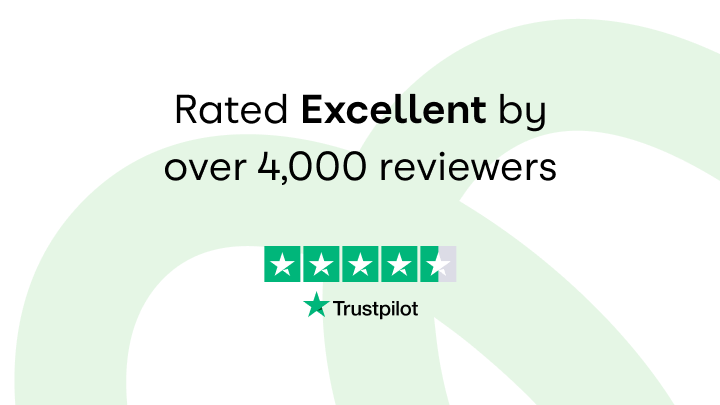Can’t afford a big enough home in your ideal area? Don’t despair.
Here's how to stretch your budget so you can have the best of both worlds.
1. Buy an older home in need of fixing up
You might find you can afford a larger home if you go for one that's in need of modernisation.
Look for homes in a liveable condition, but which would benefit from modern fixtures and fittings. This way you can live in it while you do the work gradually.
Older properties used to be more expensive than their new-build counterparts.
But Land Registry figures suggest brand new properties sell for an average premium of £65,000 over existing housing stock.
In many parts of the UK, an additional £65,000 would be enough to get an extra bedroom or more in a period property.
Save money with Mojo Mortgages
Allow award-winning Mojo to show you the best rates available to you. A whole-of-market broker, Mojo work with over 70 lenders. And they won't charge you a penny for their services.

2. Get somewhere with the potential to extend
If you can’t afford a property with the number of bedrooms you want, consider looking for a smaller home with the potential to create more space.
You can get the extra bedroom you need by building an extension when you've saved up.
The government recently relaxed planning rules to introduce a fast-track system for homeowners wanting to add up to two storeys to their property.
Find out more about permitted development rights for house owners here.
Building an extension is typically cheaper than the premium you would pay for a property of a comparable size. The value of your home will also rise once the extension is complete.
When looking for the potential to extend, remember you don’t just have to build out. A loft conversion, a basement or even a garage conversion may all give you the space you need.
3. Avoid paying for benefits you don’t need
Explore whether there’s something that’s driving the prices of property up in the areas you’re looking, and if they’re relevant to you.
Buyers are prepared to pay significant premiums for properties in certain locations. Homes that are in the catchment area of a top state school often sell for 12% more.
Being within walking distance of a railway station also increases property prices.
But if you don't have kids - and work from home - there's no need for you to fork out for either of these perks.
Instead, why not look for properties nearby that don’t carry these premiums?
4. Prepare to DIY to save pennies
Buying a home you can work on yourself is another way to stretch your budget.
Old fashioned décor can quickly and cheaply be replaced and dated kitchens and bathrooms can also be improved with a bit of creative input.
Yet, many potential buyers are put off by the task, leading to a lower asking price.
Homes that require bigger jobs, such as installing central heating or double glazing, or that need rewiring, tend to come with bigger discounts.
Be careful to balance the cost of the improvements that are needed against the discount on the property’s asking price to ensure that you’re getting a good deal.
Oh, and make sure you know how to do the DIY jobs that will save you money. If not, you could have an expensive problem on your hands down the line.
Here are our top tips for investing in a doer-upper.
5. Consider a less fashionable property
New-build homes may go for a premium, but period properties are also in high demand.
Going for a less fashionable façade or being willing to compromise on the style of your home might offer you more space for less money.
Homes built in the 1960s, 1970s and 1980s are less fashionable than Victorian or Edwardian styles, for example.
Similarly, opting for a 1930s or 1940s home is likely to be cheaper than a similar-sized property from the Victorian era.
Don’t be put off by an ugly or dated property. Estate agents say the only things that can’t be changed are the location and the amount of light it gets.
6. Look beyond your ideal location
If you can’t afford the home you want in your search area, start rethinking your location.
Make a list of the factors that attracted you to that area in the first place. See if there are other areas nearby that meet the same criteria but have lower house prices.
If you were looking in an established area, try to find an up-and-coming one nearby instead.
Consider if increasing your journey to work by an additional 15 minutes has a significant impact on the size of home you could afford.
You never know, you might stumble upon an unexpected gem nearby.
7. Look into government help schemes
A government scheme may enable you to stretch to your target property.
The Shared Ownership scheme means you buy a portion (such as 50%) of a property from a housing association and rent the rest at a discounted rate.
You have the option to gradually increase your stake in the property as and when you can afford to, known as staircasing.
The Mortgage Guarantee Scheme can help you buy a home with a smaller deposit.
Through the scheme, you can buy with just a 5% deposit. You'll borrow 95% of the home's value with a mortgage.
The First Homes scheme offers local first-time buyers and key workers a 30-50% discount on new-build homes.
Which first time buyer scheme is right for you?

